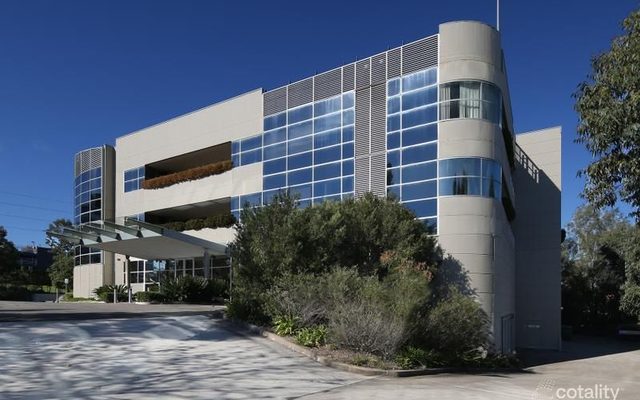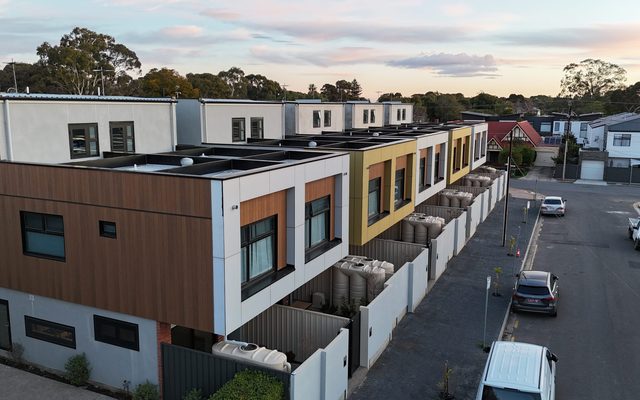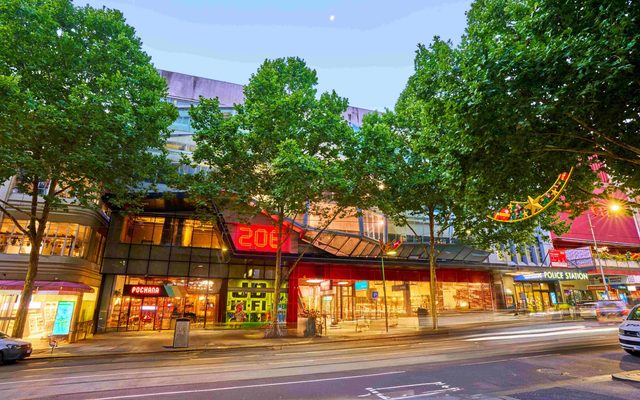This article is from the Australian Property Journal archive
OPINION: WELL, another has joined Professor Steve Keen in claiming that it is only a matter of time before the Australian housing market crashes.
The new voice is from the co-founder of global management firm GMO, Jeremy Grantham. Jeremy, however, has some form when it comes to predictions as he correctly called the GFC a year or so before it happened. So, is Jeremy (and Steve) correct when it comes to houses downunder?
Jeremy Grantham believes that Australia is in an unmistakable housing bubble and that prices would need to come down by over 40% to return to the long-term trend.
According to Jeremy, the price of housing typically trades at about 3.5 times family income, and in a bubble it goes beyond six. The average price of an Australian house, at present according to Jeremy, is running at 7.5 times the average gross household income¹.
This means, again according to the GMO head, that prices here are twice as expensive as they should be. I repeat, TWICE!
Now, we have been saying for sometime – and it has peeved more than a few of our clients and colleagues – that the housing market is likely to soften in coming months. We might even see house prices fall a bit (and particularly at the bottom-end) if interest rates rise again, too soon. Over the medium term, planning for a plateauing in sales volumes, rents and end prices might be the more prudent approach.
Looking long, the next decade could be more subdued than the noughties, with nominal residential values remaining largely flat until affordability is rebuilt by a combination of gradual increases in household incomes and cyclical declines in interest rates – in short, a gradual repositioning of the residential market back to its long-term term value.
In contrast, Keen, and now Grantham, advocates a “shock” correction, one which will bolt Aussies upright and get them to correct their materialistic ways. I wonder if the RBA would tolerate such a correction? I have met Glenn Stevens, and whilst he is an economist, he seems to me to be a switched on guy.
It is true that residential property is more expensive relative to household incomes than it once was, but this imbalance is not as drastic as the doomsayers think. A better measure of affordability is mortgage size versus household income, which is around a ratio of three across Australia, up from two a decade ago.
When looking at the middle to upper end of the Australian market – which holds three quarters of our residential property – this ratio is just two. On average, Australians hold 80% equity in their dwellings – even higher for their principal place of residence. Importantly, and in contrast with recent statements made by both Jeremy and Steve, Australians’ leveraging – when playing mortgage size against household income – has declined over the last five years.
There is also an issue with the measurement of gross household income in itself. Most economists use average household income covering all household types and as measured by the ABS. One in eight households, according to the last census, did not fill in the income question, and I will bet London to a brick that the majority of these were the wealthier households.
The ATO figures illustrate – it is harder to lie to the tax office – that household incomes are actually 20% (yes 20%!) higher than what we publicly disclose. Further, if you narrow household income to just the 25 to 39 year group (i.e. being most first home buyers), then income levels are 30% higher than the overall household average. Gross household incomes also don’t take into account tax cuts, equity (as mentioned above), investment income, superannuation, government handouts or even stipends.
My final note is that housing stress is also poorly measured and is often based on paying more than 30% of your household income on the mortgage or rent. But this figure originated in a 1992 housing study relating to low-income households only.
The RBA, a few years back, found that up to 47% of our income can be used to service debt whilst maintaining our current lifestyle. Now, 47% seems a bit rich (pun intended), but we on average are currently paying less than 25% of our gross household income on a mortgage and rent. Seven out of ten first home buyer buyers are currently paying less than 30% of their income on their mortgage and one in two, less than 25%.
I have learned the hard way to “never say never”. But I cannot see how, unless we see our banking system collapse, that house prices across Australia will lose close to half their current value in a short, sharp crash. Even over the longer term, such deflation seems very unlikely.
By Michael Matusik, director of Matusik Property Insights.*
Australian Property Journal
Footnotes
¹ Yet according to Rismark International, the average house price in Australia was $432,000 in March, whilst the ABS calculated the average family income to be $94,000, implying a price-to-income ratio of 4.6 times. Since 1993, the average ratio has been 3.6 times. The current ratio has been steady since late 2003.



